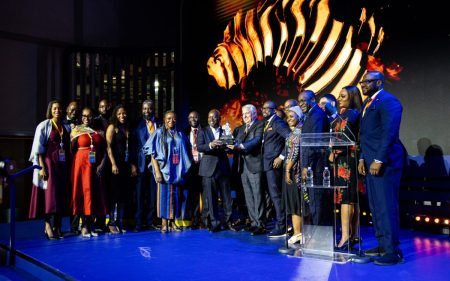
*100 key decision-makers expected in Kenya from 25-27th March for the Powering East Africa meeting
18 February 2015, Sweetcrude/APO, NAIROBI, Kenya — As we witness utilities across the continent struggling to acquire and evacuate electricity sufficient enough to reach a base-load, transmission is fast-proving the biggest barrier to energy access across Africa.
Presently, there are never-before-seen levels of investment into the power sector- no longer is it simply the poor cousin of exploration. Investors today view power as an opportunity quoted by some as so vast it will make the returns of the African telecoms giants insignificant by comparison.
However, despite over US$8bln of project investments in greenfield projects in South Africa alone, transmission continues to collapse, significantly impacting the social and political landscape of the continent. In addition, this threatens the bankability of future generation projects already under development.
After over 20 years in development, the EAPP, SAPP, African Development Bank, China Development Bank and World Bank together with their public sector partners in Ethiopia, Kenya, Zambia, Tanzania, Mozambique, Zimbabwe and South Africa are starting to make headway which could finally see an end to the transmission crisis.
These projects could be the start of incredible opportunities for East and Southern Africa, promoting everything from township electrification to major industrial development. This outcome is only possible if these countries can maximise the capacity of the presently elusive manufacturers and industrialists looking to take advantage of the export zones currently under development.
You only have to see what the UAE has achieved to see how a resource-based economy can transform a country’s riches if the right investments in infrastructure are made. On the flip side, there are examples where these critical investments were not made – resulting in economic and social turmoil.
The question therefore is this – which president will rise to the challenge and build a legacy on the continent that reads, “I truly brought electricity to Africa, I truly made a difference?”
EnergyNet, as it has been doing for the last 17 years, will facilitate this debate by welcoming 100 key decision-makers to Kenya from 25-27th March for the Powering East Africa meeting (http://www.powering-eastafrica.com). Major DFIs, power developers and transmission companies will come together to influence the conversation, enabling participants to understand what’s happening to East Africa’s transmission network in the medium to long term. For more information, visit www.powering-eastafrica.com


